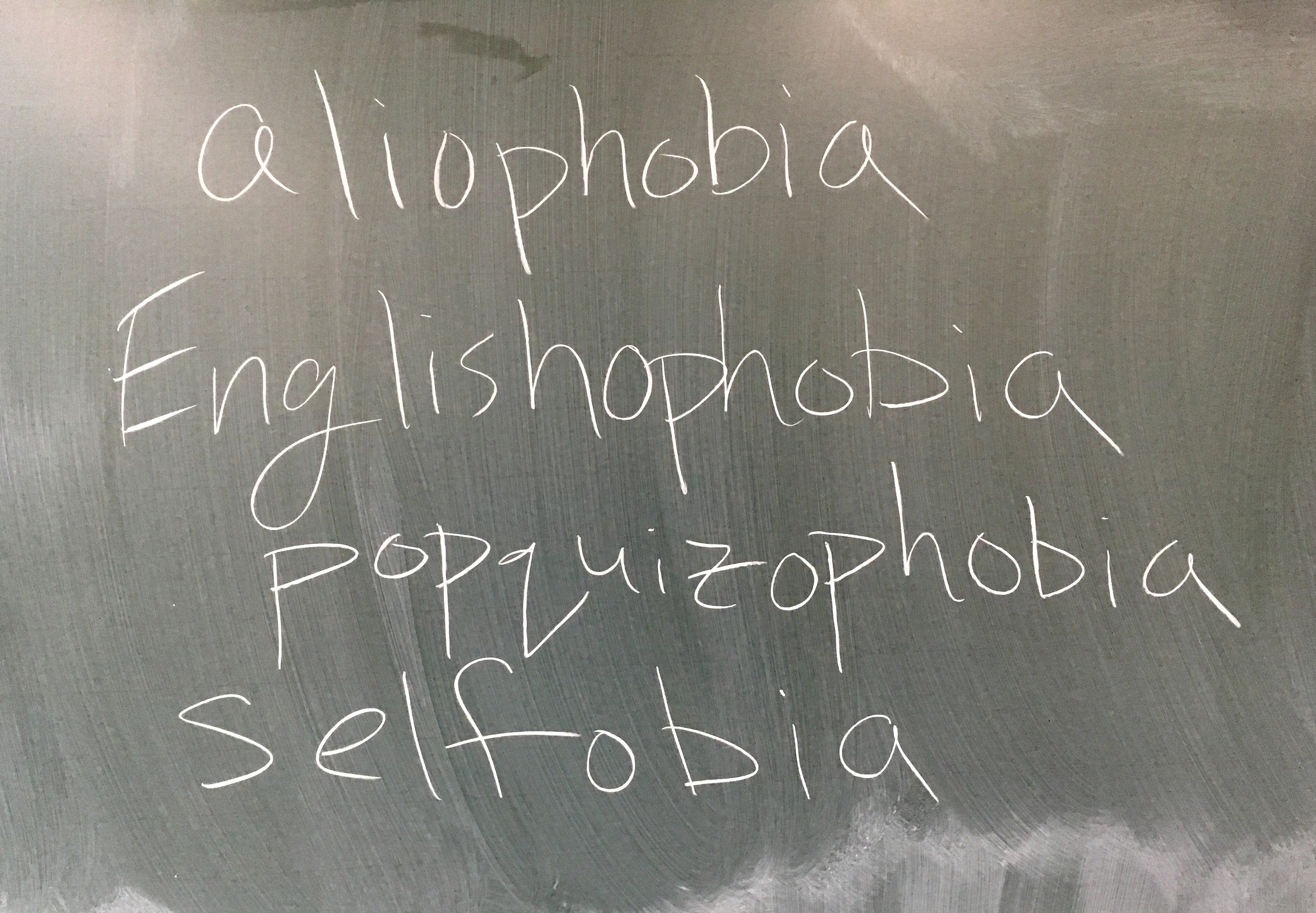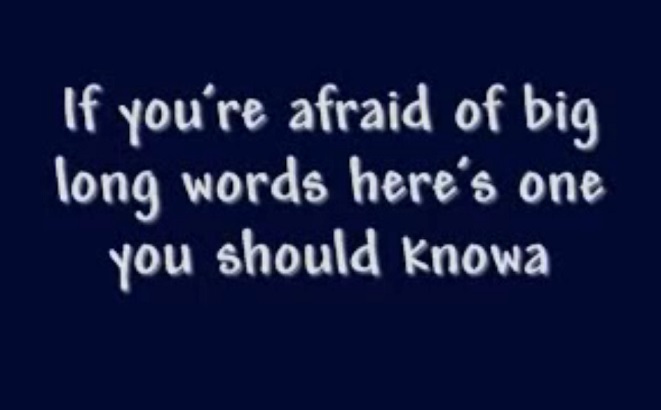This ELL lesson forces students to face their fears in a low-pressure, unscary way. If you’re thinking, “unscary” is not a word, you’ll really be bothered by the end of this class when students invent new phobias. The lesson includes pair work, group work, whole class discussion, and even an opportunity for students to talk a little smack about their teachers.
Language Level: Intermediate
Time: 50 minutes
I. Symptoms (10-15 min)
- With students seated in Groups of 4, use Fears and Phobias PPT to show the word symptom on the screen and practice pronouncing it. Have them try to complete the definition. Reveal “A physical sign that something is wrong.”
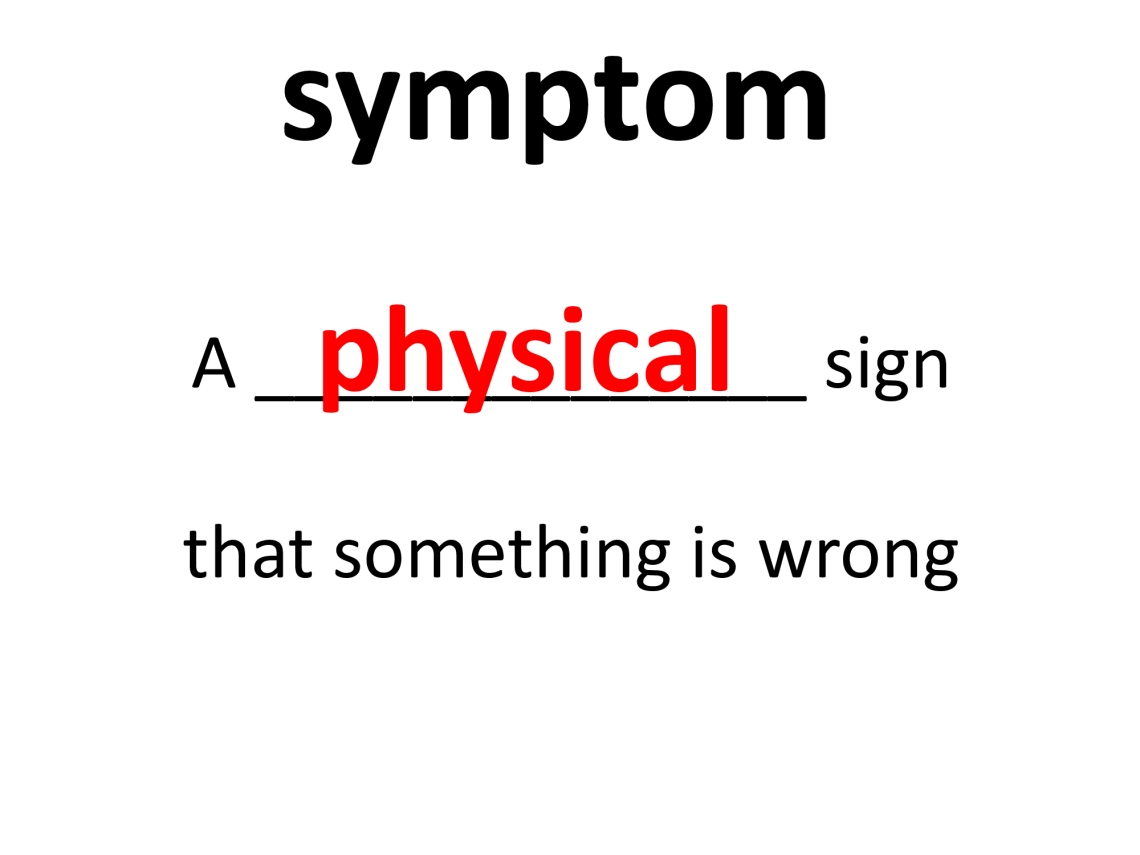
- To check understanding, ask them, “What are some symptoms of having a cold?”
- Then tell students that today we’ll be talking about symptoms, not of having a cold, but of being afraid.
- Instruct students to work in pairs (within their groups) to make a list of 5 symptoms of fear. Provide dictionaries.
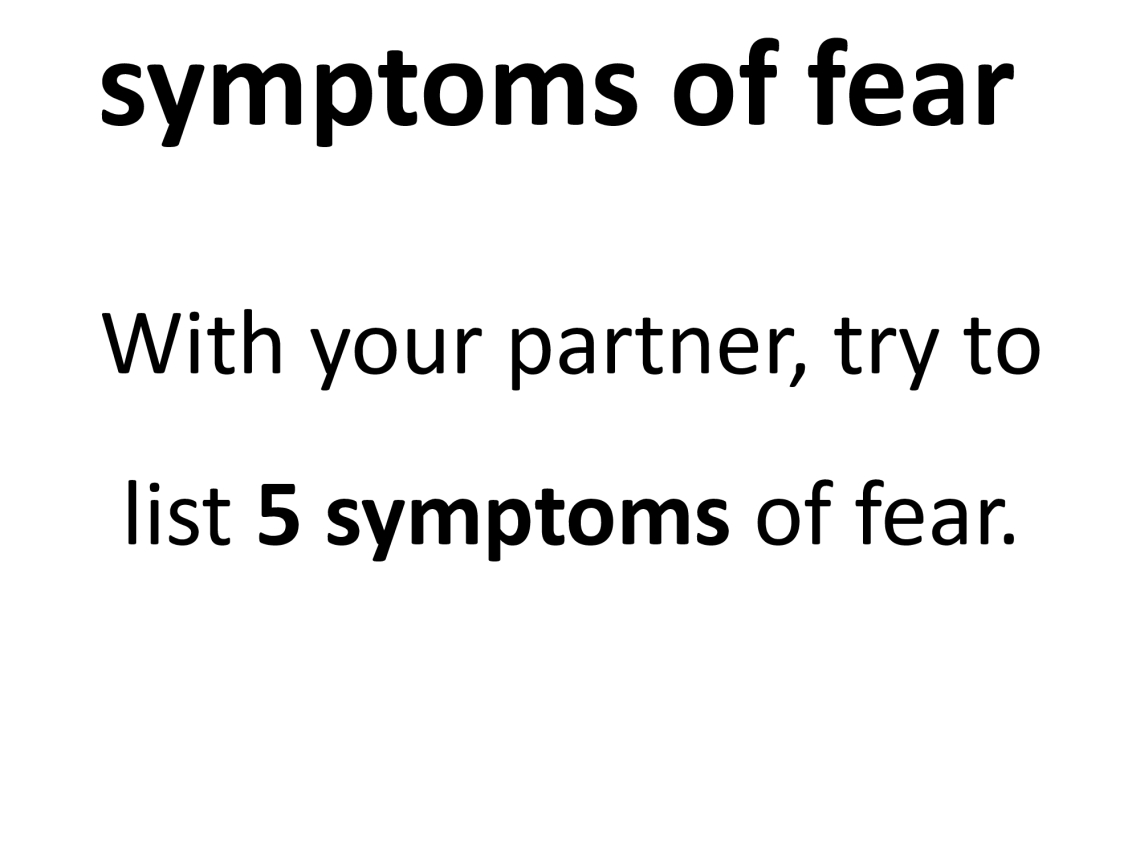
- As students compile their lists, start instructing each pair to write one of their symptoms on the chalkboard. The symptom they write must be different than what other pairs have written. If students want, they can add more after every pair has written at least one. After the board is full of symptoms, review them with students and make any necessary corrections or notes.

- Tell students you made your own list of 10, so let’s check to see if it’s similar to their list. Reveal the 10 symptoms from your list, checking for understanding along the way.

II. Phobias (10 min)
- Now that we know symptoms, let’s talk about some of the causes of these symptoms.
- Ask students: “What word is similar to “fear” but begins with “p”? Elicit/reveal phobia.
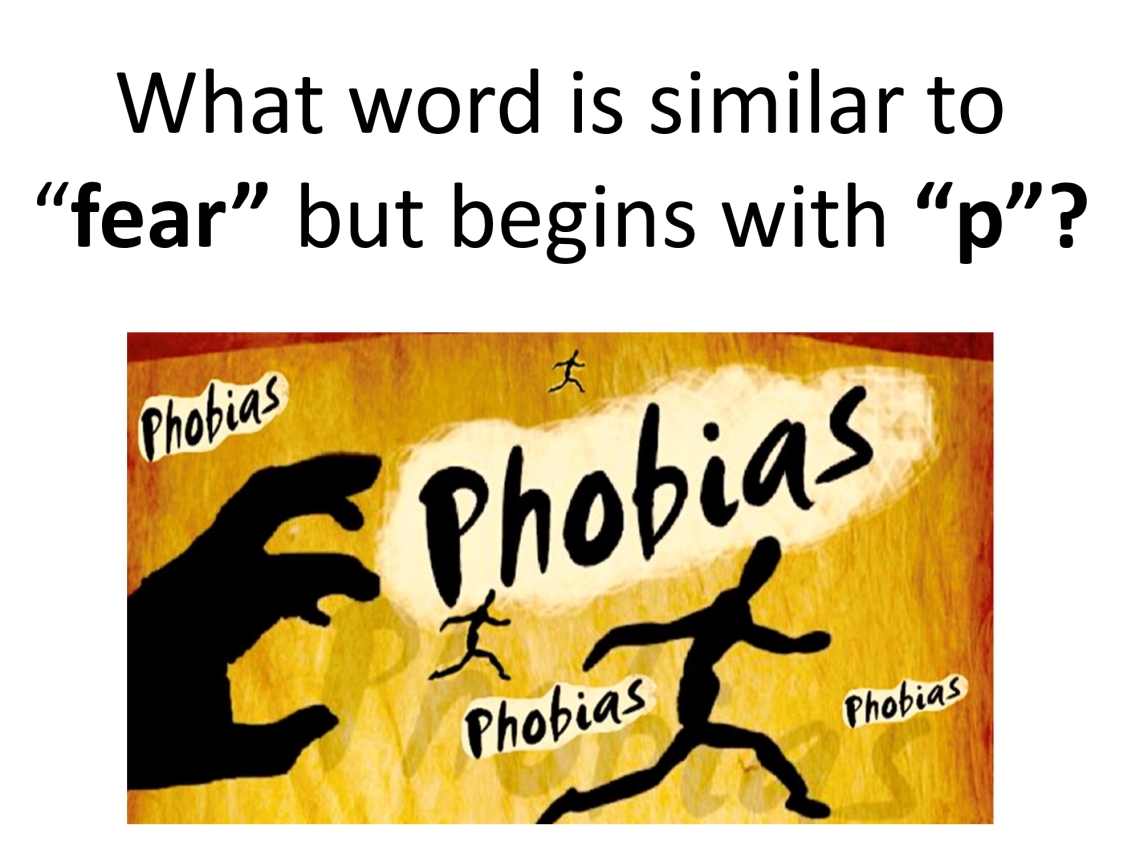
- Have students try to complete the definition of phobia with adjectives. Reveal “An extreme or intense fear.”
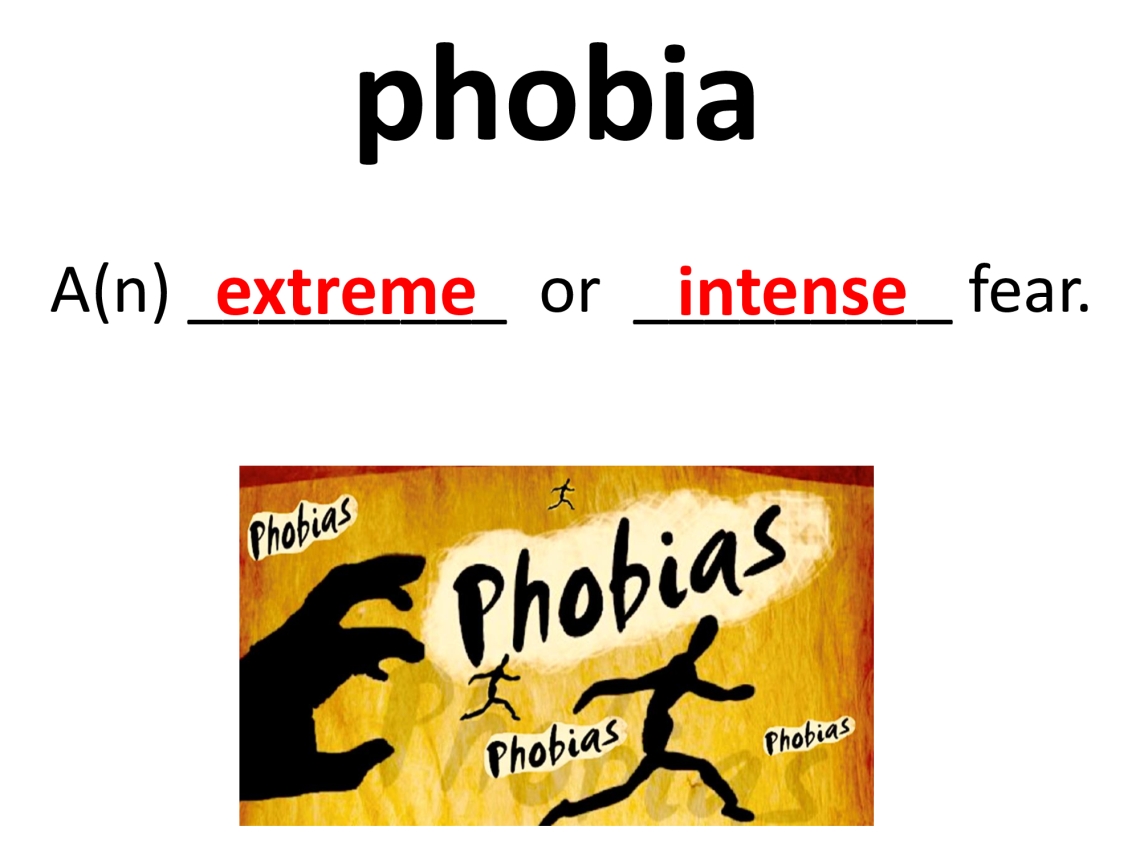
- Hand out FEAR Worksheet and have students try to complete the matching. Give them just a couple minutes, and then have them shout out guesses as you guide them through the various phobias (and related words) on the PPT. The bottom half of the worksheet is for super fast students or quiet students who perhaps would rather be writing than shouting out answers. No need to review.
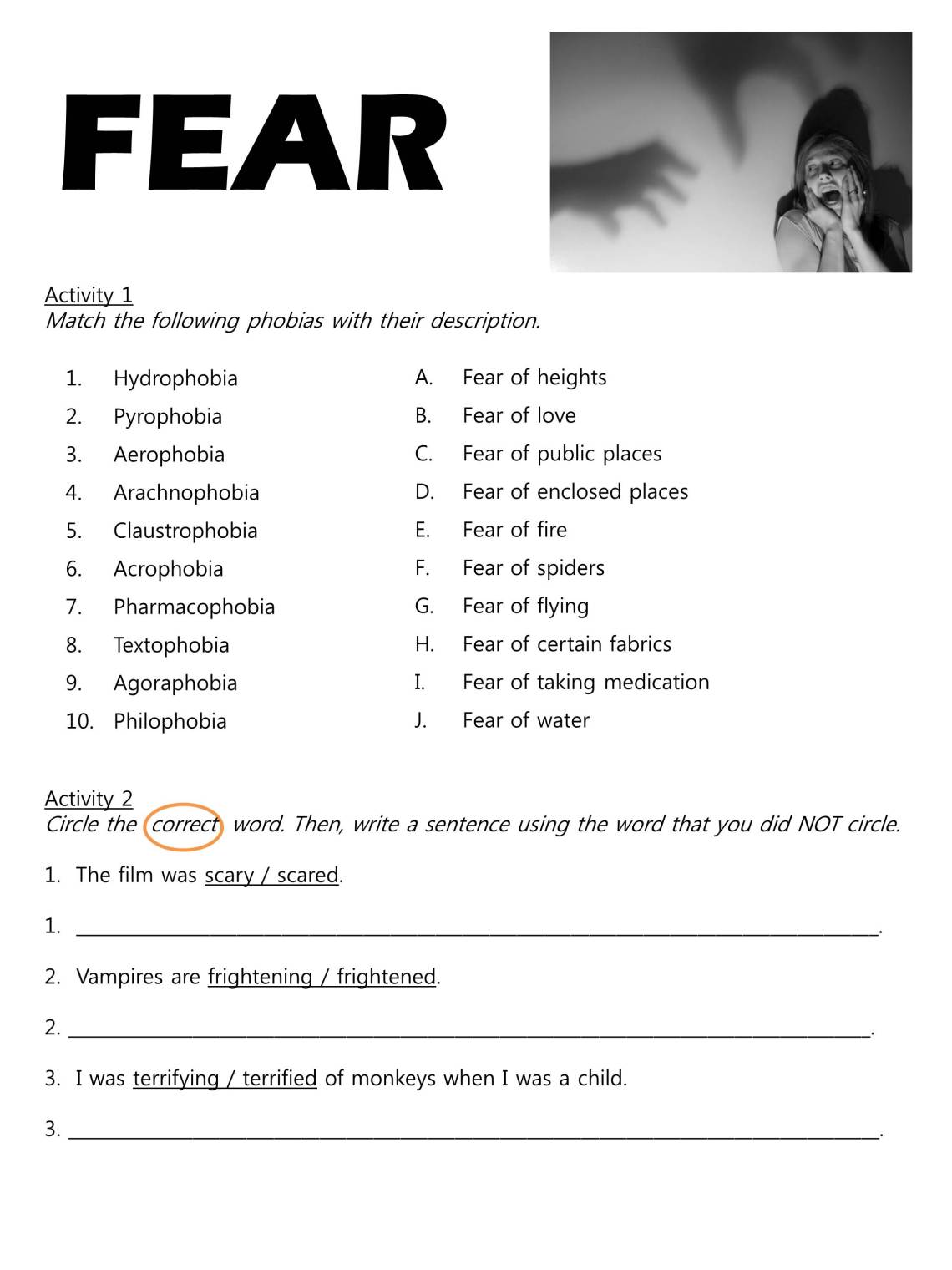
III. Personal Fears (20-25 min)
- Tell students: “Now that we’ve talked about fear in general, it’s time to hear from you. You will interview your classmates about their personal fears.”
- Hand each group the Fear Interview Group Packet, with pages labeled A, B, C, and D.
- Explain that they should interview the members of their group one by one, listen to their responses, and record what they say. Remind students that they should move their chair to sit next to the person they are talking to rather than shouting across a table.
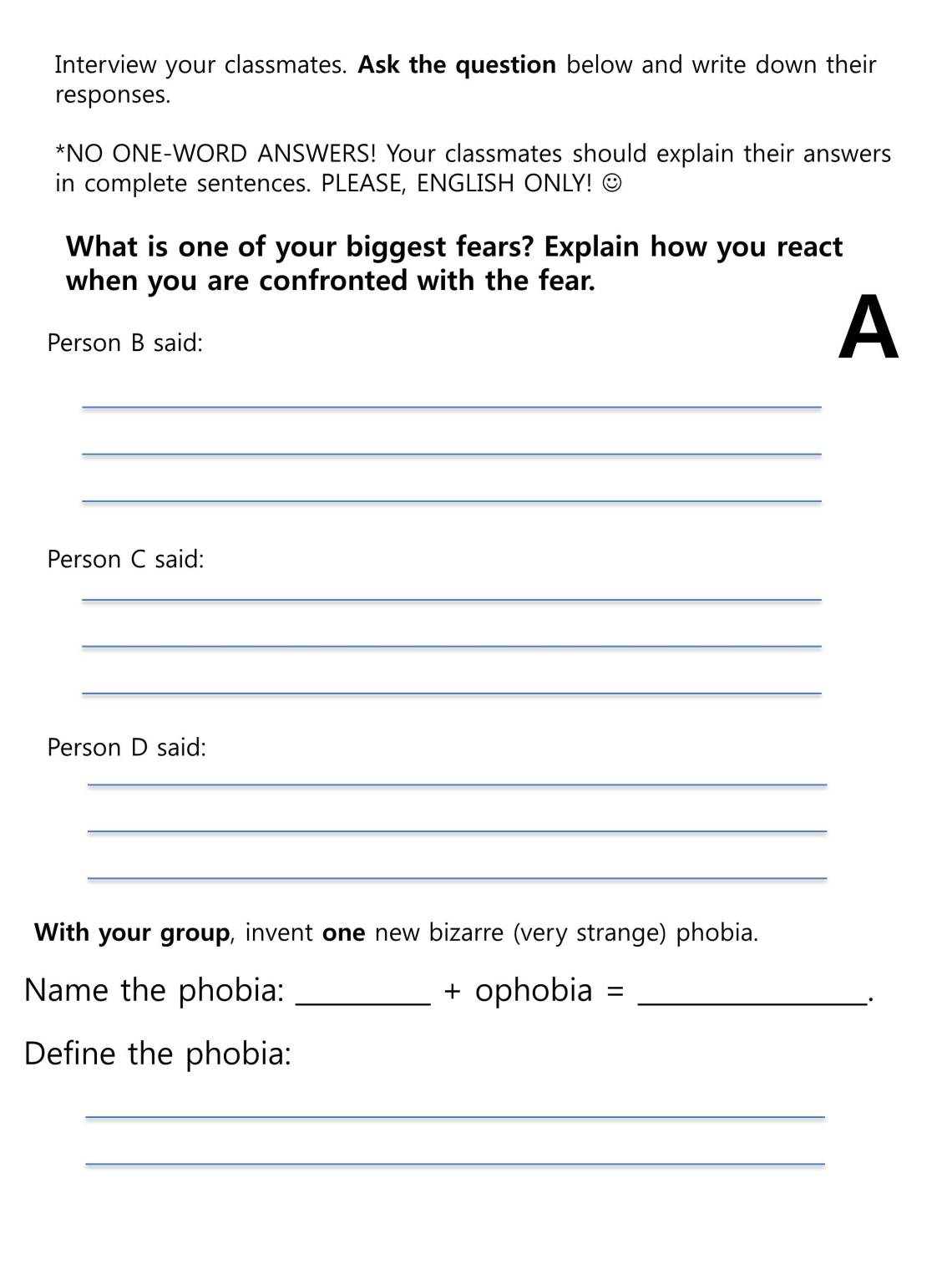
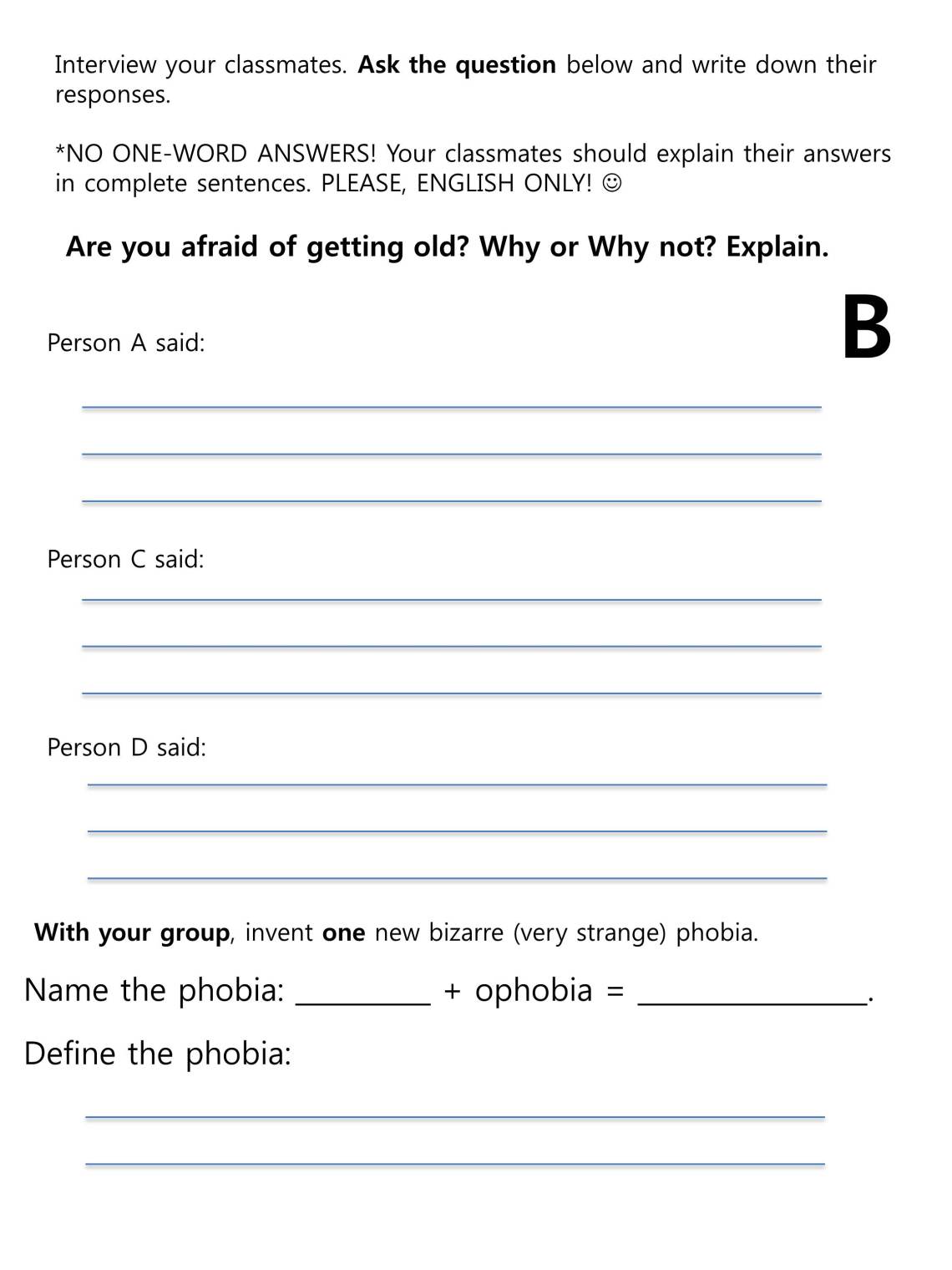


- Circulate and encourage students to ask follow-up questions, and ask some of your own.
- After groups finish interviews, tell them to work together to invent a new bizarre phobia and define it, per the instructions at the bottom of their pages.
- Have a whole-class discussion with students, encouraging them to share some of their most interesting classmate responses. Then have each group write their invented phobia on the board. Ask each group to explain the meaning of their phobia.
IV. Wrap-up (3-5 min)
- To wrap up class, show the students the final Fears and Phobias PPT slide, and introduce the three bizarre phobias listed:
- nomophobia – fear of not having your phone
- arachibutyrophobia – fear of getting peanut butter stuck on the roof of your mouth
- hippopotomonstrosesquippedaliophobia – fear of long words
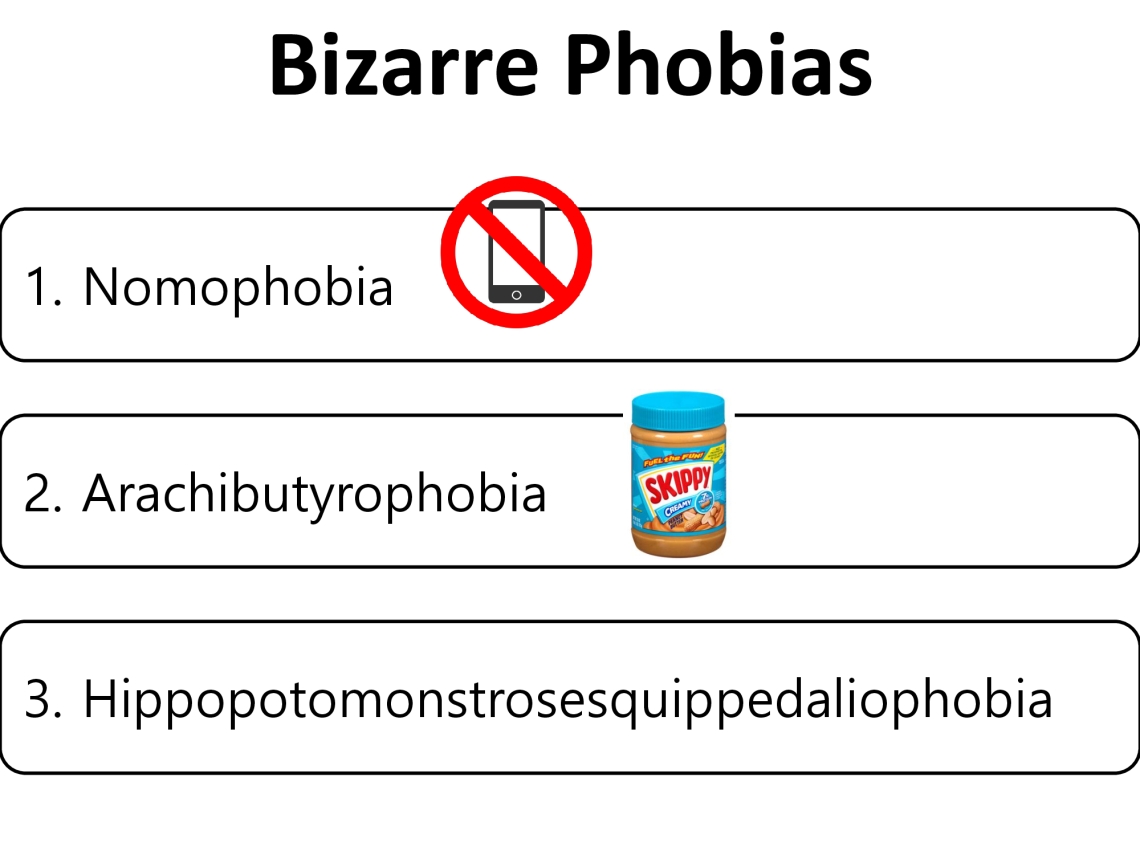
- As class ends, play the hippopotomonstrosesquippedaliophobia “Long Word Song” video, and encourage students to sing along.
Materials:
– Fears and Phobias PPT
– FEAR Worksheet
– Fear Interview Group Packet
– The Long Word Song video

